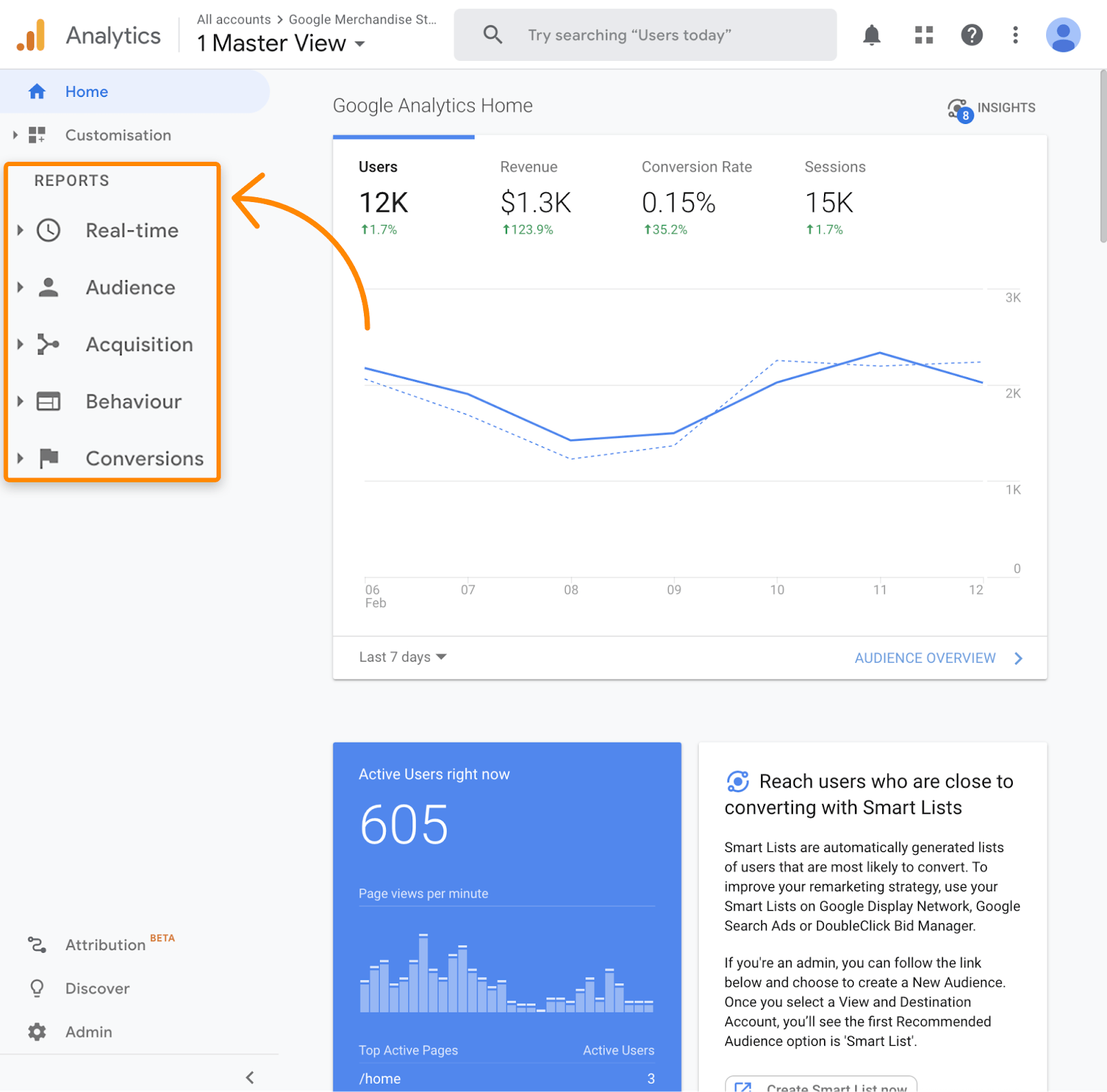Debunking Secondary Dimensions in Google Analytics: Interpretation and Practical Applications
Debunking Secondary Dimensions in Google Analytics: Interpretation and Practical Applications
Blog Article
Introducing the Impact of Secondary Dimension in Google Analytics on Data Evaluation and Insights
In the realm of data analytics, the usage of second measurements within Google Analytics has actually emerged as a pivotal device for removing much deeper insights and unraveling facility patterns that could otherwise remain obscured. By peeling back the layers of key information collections, additional measurements use a nuanced viewpoint that improves the understanding of user behavior, site efficiency, and the performance of advertising and marketing methods.
Exploring the Idea of Additional Dimensions
Additional measurements in Google Analytics offer added insights by enabling individuals to analyze main data in combination with an additional attribute. By integrating second dimensions, individuals can dig much deeper right into the information and uncover beneficial correlations that could otherwise go undetected - what is a secondary dimension in google analytics.
Recognizing the idea of secondary dimensions is vital for optimizing the potential of Google Analytics. It allows users to section information properly, determine patterns, and make informed choices based on an extra total photo of their analytics data. By exploring the various additional dimensions offered in Google Analytics, customers can open brand-new understandings and optimize their electronic marketing efforts. Fundamentally, additional dimensions work as an effective device for boosting information evaluation and driving workable outcomes.
Enhancing Information Analysis With Secondary Dimensions
Having established the foundational understanding of second dimensions in Google Analytics and their pivotal function in information analysis, the focus now shifts towards leveraging these secondary qualities to enhance the interpretation of analytics data (what is a secondary dimension in google analytics). By including secondary dimensions right into information analysis, experts can gain deeper insights right into customer actions, website performance, and advertising performance

Moreover, second dimensions assist in contextualizing key information metrics by offering added layers of info. This contextualization aids in recognizing the 'why' behind the information patterns, aiding analysts make informed optimizations and choices to boost total efficiency. Eventually, including additional measurements improves the data analysis procedure, leading to more tactical actions and purposeful understandings.
Discovering Hidden Insights Through Additional Measurements
Checking out the midsts of analytics data with secondary dimensions reveals beneficial insights that would certainly or else continue to be covered. By incorporating additional measurements in Google Analytics, services can unearth hidden patterns, fads, and correlations that supply a more extensive understanding of individual behavior and web site performance. These additional layers of data allow analysts to dive deeper right into review the main dimensions, such as traffic resources or landing web pages, and acquire an extra nuanced point of view on exactly how various variables engage with each other.
Through the use of secondary measurements, analysts can segment and contrast data across various measurements, allowing them to determine details aspects that influence customer interaction, conversion rates, and general success metrics. By combining the key dimension of 'tool classification' with the second dimension of 'age team,' marketers can determine which age demographics choose accessing the site with mobile gadgets versus desktops. This level of granularity encourages services to make data-driven choices and maximize their approaches for better outcomes. Eventually, uncovering surprise insights with additional measurements enhances the depth and precision of data evaluation, resulting in more informed decision-making and improved performance end results.
Leveraging Second Measurements for Actionable Analytics
Building upon the understandings revealed via additional dimensions in Google Analytics, companies can now harness this enriched data landscape to drive actionable analytics and calculated decision-making. By leveraging secondary dimensions, organizations can dive deeper into their information to draw out useful patterns, trends, and connections that might have previously gone undetected. This deeper degree of evaluation allows services to gain an extra thorough understanding of user actions, campaign efficiency, and general internet site effectiveness.
One secret advantage of utilizing second dimensions for actionable analytics is the ability to sector data based on specific criteria. This segmentation enables businesses to tailor their strategies and projects to different audience groups, causing more targeted and reliable advertising initiatives - what is a secondary dimension in google analytics. In addition, additional measurements offer a more holistic view of customer communications, making it possible for organizations to maximize their internet site web content, style, and overall user experience
Maximizing Decision-Making With Secondary Measurements
To enhance tactical decision-making in analytics, leveraging second measurements in Google Analytics can supply a much more nuanced perspective on individual habits and campaign performance. By integrating secondary dimensions right into information analysis, companies can delve much deeper into the specifics of their internet site visitors' communications and involvement patterns. This additional layer of details enables a much more thorough understanding of how various variables, such as demographics, devices, or web traffic sources, effect key performance indications.

Verdict
Finally, using additional measurements in Google Analytics plays an important role in boosting information evaluation and revealing covert understandings. By discovering this idea, one can get a deeper understanding of customer behavior and make notified decisions based upon workable analytics. Leveraging additional measurements permits a much more comprehensive interpretation of data and takes full advantage of the effectiveness of decision-making processes.

Report this page